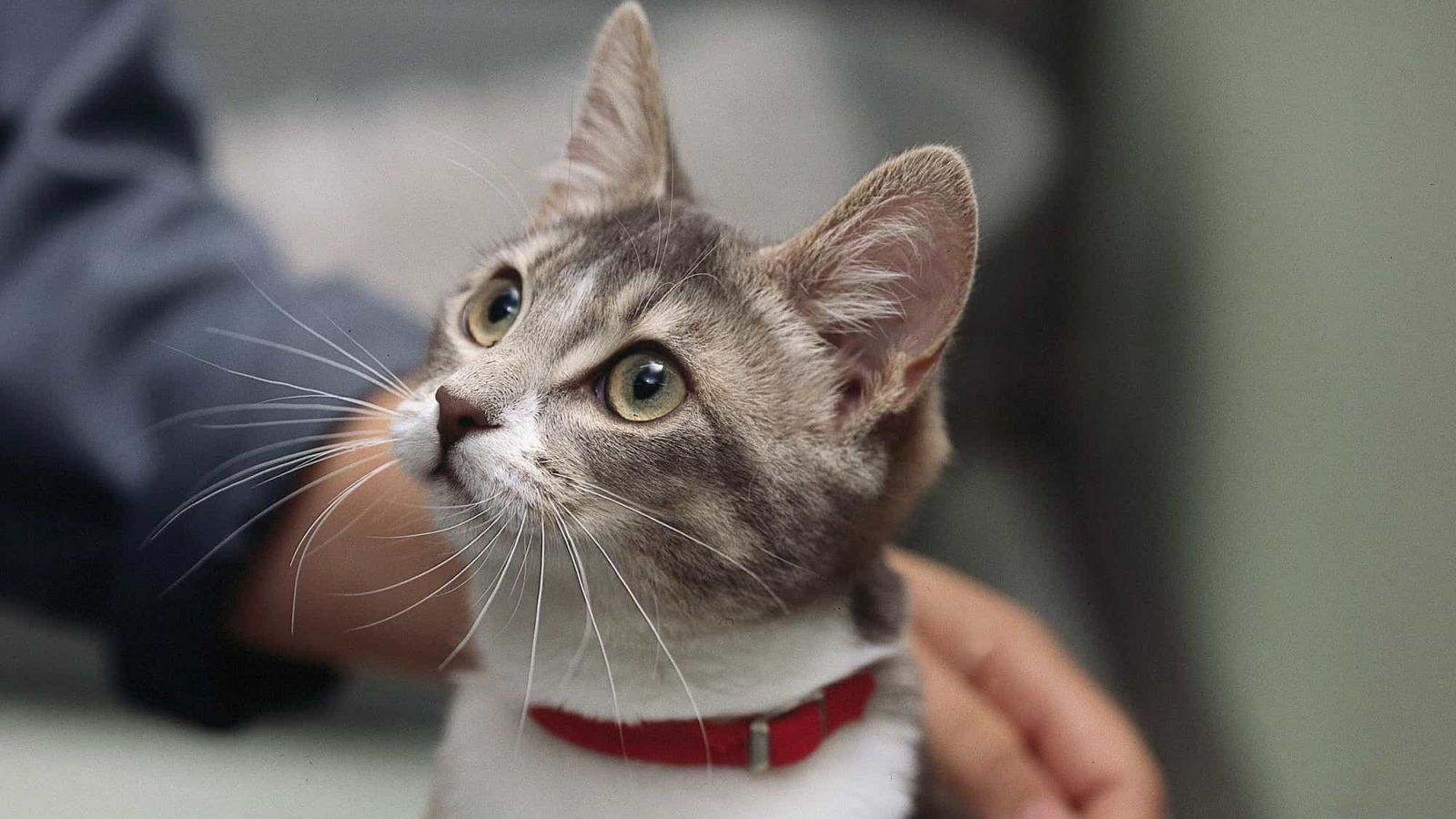
Cat (Felis catus) belong to the family Felidae (feline) and are found in most regions on Earth except Australia and Antarctica. They are the smallest member of the feline family, typically growing to 28 inches (71 cm) and weighing from 5 pounds to 20 pounds. Cats are carnivores, their diet consists mainly of animal flesh and they have a gut that is capable of digesting raw meat. However, their diet is usually dependent on their human owners with the occasional hunting activities of the cat to supplement their diet. In 2022, cats made up only 0.004% of the animals used in research in Great Britain.
Why are cats in research?
Although cats are not commonly used in research, cats experience many diseases in a similar way to humans. Cats also suffer from diseases such as leukaemia, Alzheimer’s, heart diseases and infections and immunodeficiency, and therefore, can be great animal models to study them. Their relatively long lifespan of 20 years also makes them good models for age-related and slow developing diseases and conditions.
What types of research are cats used in?
Cats have historically been very important in neuroscience research. For example, Roger Sperry’s used cats in his Nobel Prize winning ‘split brain’ research that discovered that the brain’s hemispheres are independent of each other. Sperry’s extension of his discovery to humans produced a treatment for epilepsy.
More recently, cats have been inspiring potential COVID-19 antiviral drugs. GC376, a drug originally used to treat feline infectious peritonitis (FIP), which is caused by a coronavirus, has been shown to hinder an important protease that helps coronaviruses to replicate in cells. Its use in cats previously has shown that its safe and effective.
How are the cats looked after?
There is detailed guidance and regulations on the housing of cats. This takes into consideration the social, physiological, and behavioural habits of cats. Although cats can be social or solitary animals, conflict can arise when they compete for resources such as food, litter trays and resting places. To avoid conflict, cats practice social distancing. Therefore, enough space, food and other enrichments must be available.
References
Enrichment: https://www.nc3rs.org.uk/3rs-resources/housing-and-husbandry/housing-and-husbandry-cats
Antiviral: https://www.fiercebiotech.com/research/cats-point-way-to-potential-covid-19-remedies
Roger Sperry research: https://www.psychologytoday.com/gb/blog/brain-food/201404/the-cat-nobel-prize-part-iii
https://www.psychologytoday.com/gb/blog/brain-food/201404/the-cat-nobel-prize-part-i
Cats in research: https://fbresearch.org/wp-content/uploads/2016/04/Cats-Species-Sheet.pdf
Cats: https://www.nationalgeographic.com/animals/mammals/d/domestic-cat/
10 Facts about cats
Find out more about cats in research with our 10 facts infographic.



